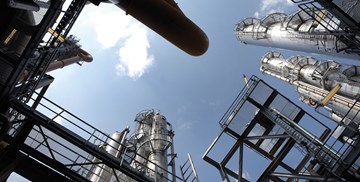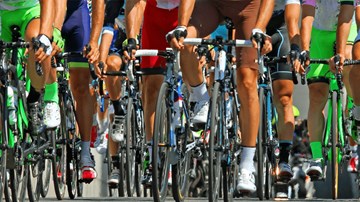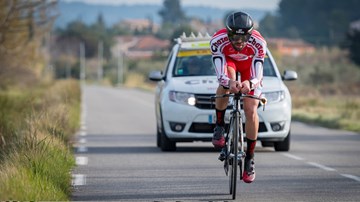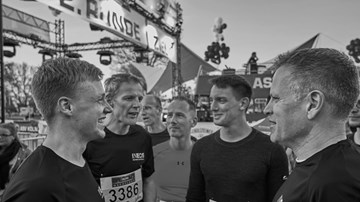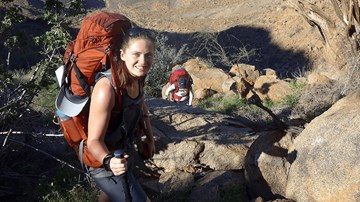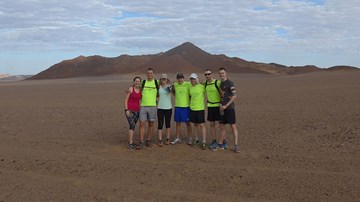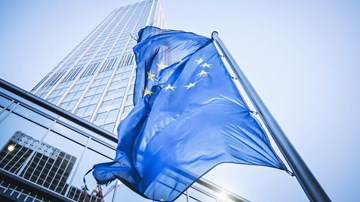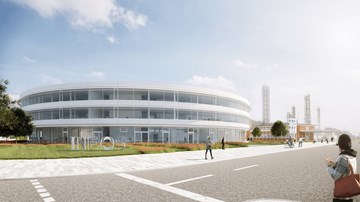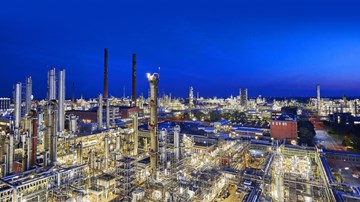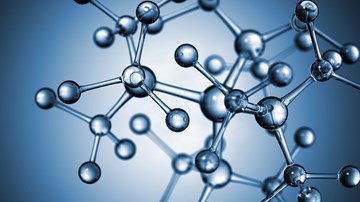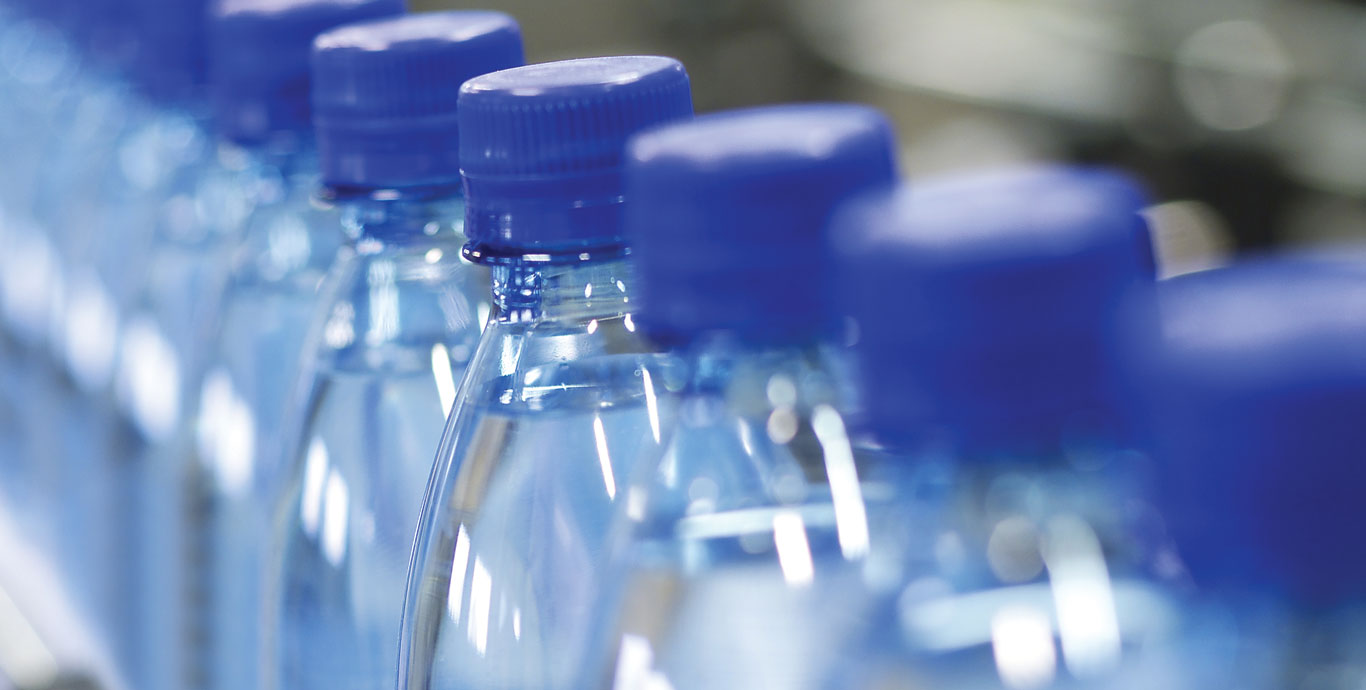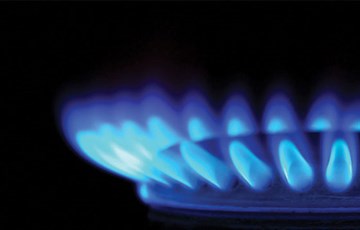As buzzwords go, they don’t come much bigger than energy efficiency, emissions, carbon capture, sustainability and industrial symbiosis. But to INEOS, they are not just buzzwords
NOW is not the time to be living on another planet.
Real focus on new ways of working is needed if energy-hungry companies like INEOS are to have a future in a world that is rapidly changing.
For it is not just the climate, which is changing, so too is the resolve of those in power in the European Union to cut emissions and reduce energy consumption in its transition to a lower carbon economy.
America may have won a temporary reprieve – thanks to US President Donald Trump – but the EU wants a 40% reduction in greenhouse gases, a cap on energy use in industry and at least 27% more renewable sources used in its energy mix by the year 2030.
“We are literally drowning in targets,” said Greet Van Eetvelde, INEOS Manager of Cleantech Initiatives. “And because of that, the chemical industry’s competitiveness in Europe is at stake.”
But that’s where the pessimism ends. The European Union has set aside tens of billions to support innovation in industry while trying to meet those targets – and Greet believes if anyone can find answers to some of society’s great challenges, INEOS can.
“We are good at finding opportunities in every challenge,” said Greet. “And the European Union knows that by offering incentives and partnering with industry, they may stand a chance of meeting the grand societal challenges.”
Outside Europe too, the opportunities are growing for INEOS to fund new projects at its sites thanks to support schemes, tax exemptions and grants for innovation and investment.
“There is money to be had for supporting a lower carbon economy,” she said.
Greet heads up INEOS’ Carbon & Energy Network, which regularly shares information and best practices on all carbon and energy related matters with all INEOS’ businesses.
“The network keeps a finger on the pulse on all that happens at policy level and has an impact on INEOS,” she said. “That’s why it is also a breeding ground for novel creative initiatives to tackle the grand challenges, engage with universities and embark on industrial research projects.”
Greet said creativity had to be at the forefront of the transition economy.
“Innovation is INEOS’ main driver,” she said.
Indeed what INEOS has become good at is securing EU funds for projects that will not only benefit the company but also society.
“It is about seeing and seizing every opportunity,” said Greet. “As much as it is a grand challenge, it is also a huge opportunity for us to collaborate with universities and students.”
And that is what INEOS is now doing.
Earlier this year six graduates were given the chance to look at how INEOS operates now – and suggest how it could operate in a radically different future.
“The PhD students will bring real value to INEOS in areas where we don’t usually go because of a lack of time and resources,” said Greet.
The graduates will be focusing on six areas that present big challenges to INEOS, including energy efficiency, electrical flexibility, carbon capture, circular resources, and industrial symbiosis.
“We trust they will be able to show INEOS how to use, reuse and recycle carbon and waste sources in a way that we can benefit from it,” said Greet. “They are likely to have new ideas about the future because they are the future. Sometimes those ideas might be a bit on the wild side but that is what is needed. This is a unique opportunity for them to be seen and heard and taken seriously. They are showing us the road ahead.”
Graduates awarded their tasks
VALUABLE research is now being carried out at several plants in INEOS.
The PhD students or INEOS graduates will be asking potentially difficult questions and challenging processes in an effort to come up with new ways of working more efficiently with fewer resources.
Sander Marchal, a commercial graduate based in Koln, will be focusing on the transition to a circular economy.
Part of his brief will be to look at plastic packaging which the EU wants to see a 75% reduction by 2030.
"We are a plastics producer,” he said. “But being part of the solution is better than being left out of the conversation.”
Benedikt Beisheim, an Energy Optimiser at INEOS Koln, is hoping to find ways to improve the processes at the mature German plant to either save energy or raw materials.
He will also focus on the nearby energy park to see how off gases and natural gases can be used more efficiently to produce steam and electricity.
Cindy Jaquet has been working with the Carbon & Energy Network in Rolle, Switzerland. Her role has been to spread the word about sustainable practices and prove to others that sustainability is not impossible.
“I needed to show the public, our partners, our customers and our competitors that sustainability can actually be a real business opportunity,” she said.
Jens Baetens is also a PhD student. His project will hopefully help INEOS to find a solution to maintaining a reliable energy supply when wind and solar power start to replace gas and electricity.
His focus will be on the 10 INEOS sites in Belgium.
“We will be trying to understand the power demand at our sites and what resilience we can build in,” he said.
Helene Cervo is a PhD student who is hoping to apply the lessons of nature to a project at INEOS’ site in Lavera in France.
“All waste produced by one organism can be used by another,” she says. “There is no waste.”
She will be looking at collaborating with other businesses on the site to see how energy, materials and services can be shared more efficiently.
And finally, Gabby Isidro, will be hoping to help governments understand the consequences of their regulation, which govern CO2 emissions, on European competitiveness by showing them the overall cost and impact.
“Knowing in detail what our position is today and into the future helps us to make sound, longterm business decisions and influence investment strategy,” she said
